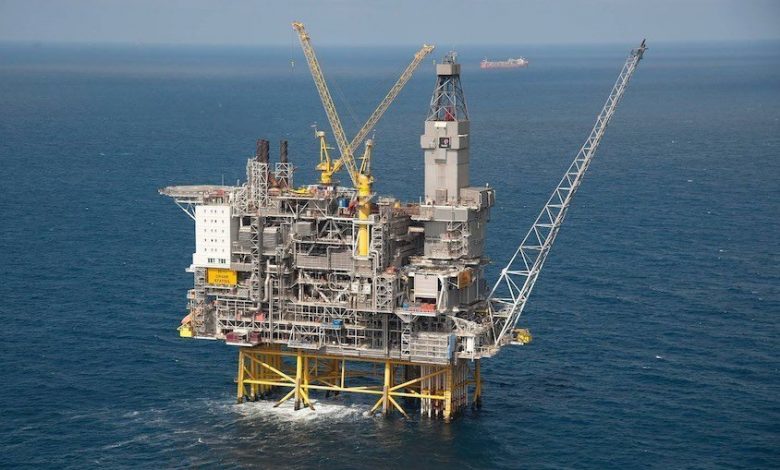
Emblematic of its future plans Norwegian oil and gas major Statoil has proposed changing its name to Equinor.
The name Equinor is formed by combining ‘equi’, the starting point for words like equal, equality and equilibrium, and ‘nor’ for Norway.
“The world is changing, and so is Statoil. The biggest transition our modern-day energy systems have ever seen is underway, and we aim to be at the forefront of this development. Our strategy remains firm. The name Equinor reflects ongoing changes and supports the always safe, high value and low carbon strategy we outlined last year,” said Statoil chair of the board, Jon Erik Reinhardsen.
“For us, this is a historic day. Statoil has for almost 50 years served us well. Looking towards the next 50 years, reflecting on the global energy transition and how we are developing as a broad energy company, it has become natural to change our name. The name Equinor captures our heritage and values, and what we aim to be in the future,” Statoil’s president and CEO Eldar Sætre commented.
The new name will be proposed to shareholders in a resolution to the annual general meeting on May 15. The Norwegian government, as majority shareholder, supports the proposal and will vote in favour of the resolution.
“The Norwegian continental shelf will remain the backbone of our company, and we will use our Norwegian heritage in our positioning as we continue growing internationally within both oil, gas and renewable energy,” Sætre explained.
The name change is not dissimilar to BP’s famous rebrand 18 years ago where it tried to push a new ‘Beyond Petroleum’ brand.
